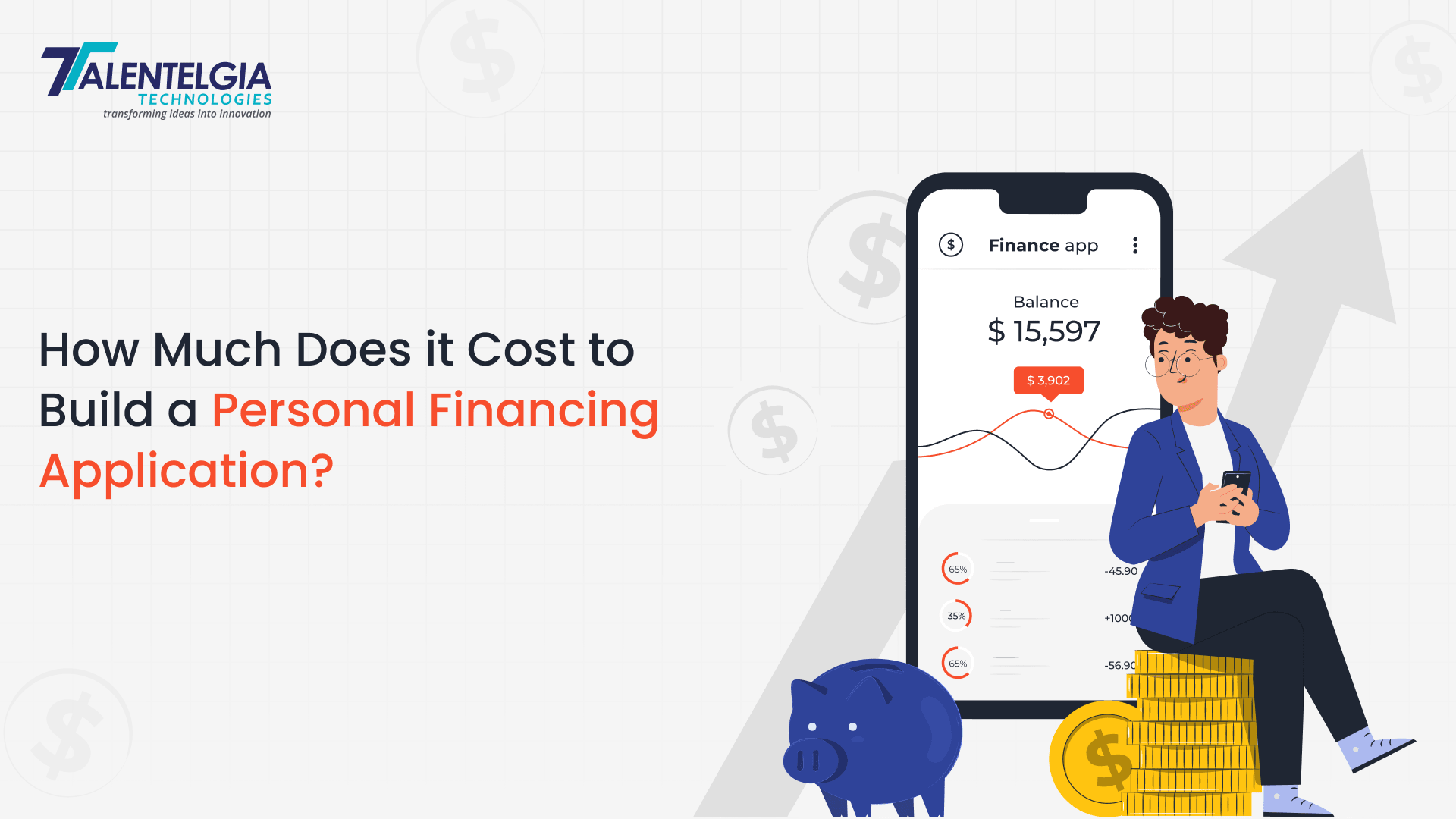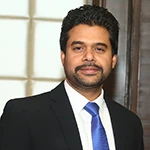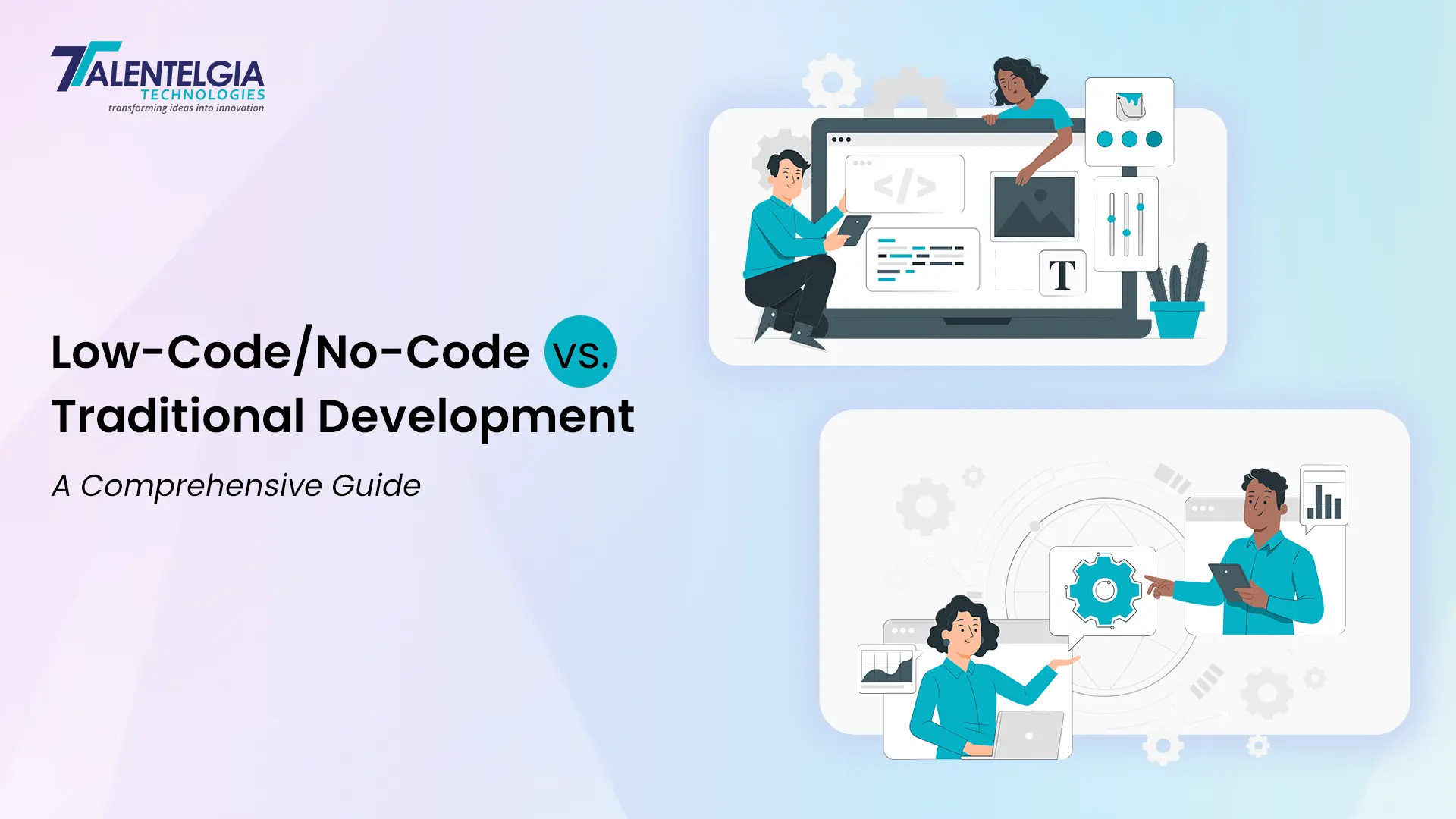In today’s rapidly evolving business landscape, organizations are faced with the challenge of managing numerous applications and systems that are crucial for their operations. Enterprise Application Integration (EAI) has emerged as a critical solution to address this challenge. In this blog post, we will explore what enterprise application integration is, the benefits it offers to businesses, the challenges involved, and examples of commonly integrated applications.
We will also discuss different levels and models of enterprise integration, as well as the tools available to facilitate seamless integration.
What is Enterprise Application Integration?
Enterprise Application Integration (EAI) is the process of connecting disparate applications and systems within an organization to enable seamless data flow and communication. It involves creating a unified and integrated IT infrastructure that allows different applications to share data, interact with each other, and work together cohesively.
EAI aims to break down data silos and enable real-time access to information across the enterprise.
Benefits of Enterprise Application Integration
Implementing Enterprise Application Integration can provide several significant benefits to businesses. Let’s explore some of the key advantages:
1. Streamline Business Processes
EAI enables the automation and streamlining of business processes by seamlessly connecting applications and systems. It eliminates manual data entry and reduces the need for duplicate data storage.
With integrated systems, information flows smoothly between departments, enhancing operational efficiency and productivity.
2. Improve Data Quality and Integrity
Data inconsistency and errors can have a detrimental impact on business operations. EAI ensures data integrity by establishing data standards, validation rules, and data synchronization mechanisms. It helps maintain data accuracy and consistency across different systems, reducing the risk of errors and ensuring reliable information for decision-making.
3. Foster Collaboration Across Teams
Effective collaboration is crucial for business success. EAI facilitates collaboration by providing a unified platform for different teams and departments to access and share data in real-time. It promotes cross-functional communication and collaboration, enabling teams to work together more efficiently and effectively.
4. Reduce IT Costs
Managing multiple applications and systems separately can be resource-intensive and costly. EAI helps reduce IT costs by eliminating the need for point-to-point integrations and custom interfaces. It enables a centralized approach to integration, reducing maintenance efforts, and optimizing resource utilization.
5. Gain a Competitive Advantage
In today’s competitive business landscape, organizations need to be agile and responsive. EAI allows businesses to leverage their existing IT investments and integrate new technologies and applications seamlessly. By enabling real-time data exchange and empowering decision-makers with timely and accurate information, EAI helps organizations gain a competitive edge.
Challenges of Enterprise Application Integration
While the benefits of EAI are compelling, it’s important to acknowledge the challenges that come with implementation. Some of the common challenges include:
- Complexity: Integrating different applications and systems can be complex, especially when dealing with legacy systems or diverse technologies. It requires careful planning, expertise, and coordination.
- Data Mapping and Transformation: Data formats and structures vary across applications, making data mapping and transformation a critical task. It involves mapping data elements from one application to another and ensuring data compatibility and integrity.
- Security and Privacy: Integrating applications brings concerns regarding data security and privacy. It is essential to implement appropriate security measures, access controls, and data encryption to protect sensitive information.
- Change Management: Enterprise integration often brings changes to existing processes and workflows. Managing organizational change and ensuring user adoption of the integrated systems require effective change management strategies.
Examples of Commonly Integrated Applications
Enterprise Application Integration can involve integrating a wide range of applications across various domains. Here are some examples of commonly integrated applications:
- Customer Relationship Management (CRM): Integration between CRM systems and other applications like marketing automation, e-commerce platforms, and customer support systems.
- Enterprise Resource Planning (ERP): Integration between ERP systems and applications such as inventory management, supply chain management, and financial systems.
- Human Resources Management (HRM): Integration between HRM systems and applications for payroll, employee benefits, time and attendance tracking, and performance management.
- Business Intelligence (BI): Integration between BI tools and data sources, data warehouses, or data lakes to enable real-time reporting and analytics.
Enterprise Application Integration Levels
Enterprise Application Integration can be categorized into different levels based on the extent of integration achieved.
The common levels of EAI include:
- Data-level Integration: Involves integrating data at a structural level, ensuring consistency and compatibility between applications.
- Application-level Integration: Enables application-to-application communication, allowing systems to exchange data and invoke functionalities.
- Process-level Integration: Integrates business processes across different applications to create end-to-end automated workflows.
- Business-level Integration: Involves aligning business processes, strategies, and objectives across the organization to achieve seamless integration and interoperability.
Enterprise Integration Models
To achieve successful enterprise integration, organizations can adopt various integration models based on their specific requirements:
- Point-to-Point Integration: Directly connecting applications with custom interfaces, suitable for simple integrations involving a limited number of applications.
- Hub and Spoke Integration: Establishing a central integration hub that connects multiple applications (spokes), enabling communication and data exchange between them.
- Service-Oriented Architecture (SOA): Building a modular architecture where applications expose services that can be consumed by other applications, promoting reusability and flexibility.
Enterprise Integration Tools
Several tools and technologies are available to facilitate enterprise application integration. These tools provide features and functionalities to simplify integration processes, manage data mapping, ensure security, and monitor integration performance.
Some popular enterprise integration tools include:
- MuleSoft Anypoint Platform: A comprehensive integration platform that enables seamless connectivity between applications and data sources.
- IBM Integration Bus: A middleware solution that facilitates the integration of diverse applications and systems using a variety of protocols and formats.
- Oracle Integration Cloud: A cloud-based integration platform that offers prebuilt adapters and connectors for integrating applications and services.
- TIBCO ActiveMatrix: A scalable integration platform that supports real-time integration, data synchronization, and event-driven architectures.
Conclusion
Enterprise Application Integration (EAI) plays a pivotal role in streamlining business processes, improving collaboration, and reducing IT costs. By integrating applications and systems, organizations can enhance operational efficiency, data quality, and decision-making capabilities. Despite the challenges involved, the benefits of EAI are substantial and can provide a competitive advantage in today’s dynamic business environment.
Talentelgia, with its 11 years of experience and expertise in business automation, is your trusted partner for enterprise application integration. Their team of experts can guide you through the implementation process, select the right integration tools, and ensure a seamless integration experience. Visit Talentelgia’s website to learn more about their enterprise application integration services and take the first step towards optimizing your business processes.


 Healthcare App Development Services
Healthcare App Development Services
 Real Estate Web Development Services
Real Estate Web Development Services
 E-Commerce App Development Services
E-Commerce App Development Services E-Commerce Web Development Services
E-Commerce Web Development Services Blockchain E-commerce Development Company
Blockchain E-commerce Development Company
 Fintech App Development Services
Fintech App Development Services Fintech Web Development
Fintech Web Development Blockchain Fintech Development Company
Blockchain Fintech Development Company
 E-Learning App Development Services
E-Learning App Development Services
 Restaurant App Development Company
Restaurant App Development Company
 Mobile Game Development Company
Mobile Game Development Company
 Travel App Development Company
Travel App Development Company
 Automotive Web Design
Automotive Web Design
 AI Traffic Management System
AI Traffic Management System
 AI Inventory Management Software
AI Inventory Management Software
 AI Software Development
AI Software Development  AI Development Company
AI Development Company  AI App Development Services
AI App Development Services  ChatGPT integration services
ChatGPT integration services  AI Integration Services
AI Integration Services  Generative AI Development Services
Generative AI Development Services  Natural Language Processing Company
Natural Language Processing Company Machine Learning Development
Machine Learning Development  Machine learning consulting services
Machine learning consulting services  Blockchain Development
Blockchain Development  Blockchain Software Development
Blockchain Software Development  Smart Contract Development Company
Smart Contract Development Company  NFT Marketplace Development Services
NFT Marketplace Development Services  Asset Tokenization Company
Asset Tokenization Company DeFi Wallet Development Company
DeFi Wallet Development Company Mobile App Development
Mobile App Development  IOS App Development
IOS App Development  Android App Development
Android App Development  Cross-Platform App Development
Cross-Platform App Development  Augmented Reality (AR) App Development
Augmented Reality (AR) App Development  Virtual Reality (VR) App Development
Virtual Reality (VR) App Development  Web App Development
Web App Development  SaaS App Development
SaaS App Development Flutter
Flutter  React Native
React Native  Swift (IOS)
Swift (IOS)  Kotlin (Android)
Kotlin (Android)  Mean Stack Development
Mean Stack Development  AngularJS Development
AngularJS Development  MongoDB Development
MongoDB Development  Nodejs Development
Nodejs Development  Database Development
Database Development Ruby on Rails Development
Ruby on Rails Development Expressjs Development
Expressjs Development  Full Stack Development
Full Stack Development  Web Development Services
Web Development Services  Laravel Development
Laravel Development  LAMP Development
LAMP Development  Custom PHP Development
Custom PHP Development  .Net Development
.Net Development  User Experience Design Services
User Experience Design Services  User Interface Design Services
User Interface Design Services  Automated Testing
Automated Testing  Manual Testing
Manual Testing  Digital Marketing Services
Digital Marketing Services 
 Ride-Sharing And Taxi Services
Ride-Sharing And Taxi Services Food Delivery Services
Food Delivery Services Grocery Delivery Services
Grocery Delivery Services Transportation And Logistics
Transportation And Logistics Car Wash App
Car Wash App Home Services App
Home Services App ERP Development Services
ERP Development Services CMS Development Services
CMS Development Services LMS Development
LMS Development CRM Development
CRM Development DevOps Development Services
DevOps Development Services AI Business Solutions
AI Business Solutions AI Cloud Solutions
AI Cloud Solutions AI Chatbot Development
AI Chatbot Development API Development
API Development Blockchain Product Development
Blockchain Product Development Cryptocurrency Wallet Development
Cryptocurrency Wallet Development About Talentelgia
About Talentelgia  Our Team
Our Team  Our Culture
Our Culture 
 Healthcare App Development Services
Healthcare App Development Services Real Estate Web Development Services
Real Estate Web Development Services E-Commerce App Development Services
E-Commerce App Development Services E-Commerce Web Development Services
E-Commerce Web Development Services Blockchain E-commerce
Development Company
Blockchain E-commerce
Development Company Fintech App Development Services
Fintech App Development Services Finance Web Development
Finance Web Development Blockchain Fintech
Development Company
Blockchain Fintech
Development Company E-Learning App Development Services
E-Learning App Development Services Restaurant App Development Company
Restaurant App Development Company Mobile Game Development Company
Mobile Game Development Company Travel App Development Company
Travel App Development Company Automotive Web Design
Automotive Web Design AI Traffic Management System
AI Traffic Management System AI Inventory Management Software
AI Inventory Management Software AI Software Development
AI Software Development AI Development Company
AI Development Company ChatGPT integration services
ChatGPT integration services AI Integration Services
AI Integration Services Machine Learning Development
Machine Learning Development Machine learning consulting services
Machine learning consulting services Blockchain Development
Blockchain Development Blockchain Software Development
Blockchain Software Development Smart contract development company
Smart contract development company NFT marketplace development services
NFT marketplace development services IOS App Development
IOS App Development Android App Development
Android App Development Cross-Platform App Development
Cross-Platform App Development Augmented Reality (AR) App
Development
Augmented Reality (AR) App
Development Virtual Reality (VR) App Development
Virtual Reality (VR) App Development Web App Development
Web App Development Flutter
Flutter React
Native
React
Native Swift
(IOS)
Swift
(IOS) Kotlin (Android)
Kotlin (Android) MEAN Stack Development
MEAN Stack Development AngularJS Development
AngularJS Development MongoDB Development
MongoDB Development Nodejs Development
Nodejs Development Database development services
Database development services Ruby on Rails Development services
Ruby on Rails Development services Expressjs Development
Expressjs Development Full Stack Development
Full Stack Development Web Development Services
Web Development Services Laravel Development
Laravel Development LAMP
Development
LAMP
Development Custom PHP Development
Custom PHP Development User Experience Design Services
User Experience Design Services User Interface Design Services
User Interface Design Services Automated Testing
Automated Testing Manual
Testing
Manual
Testing About Talentelgia
About Talentelgia Our Team
Our Team Our Culture
Our Culture



















 Write us on:
Write us on:  Business queries:
Business queries:  HR:
HR: 





